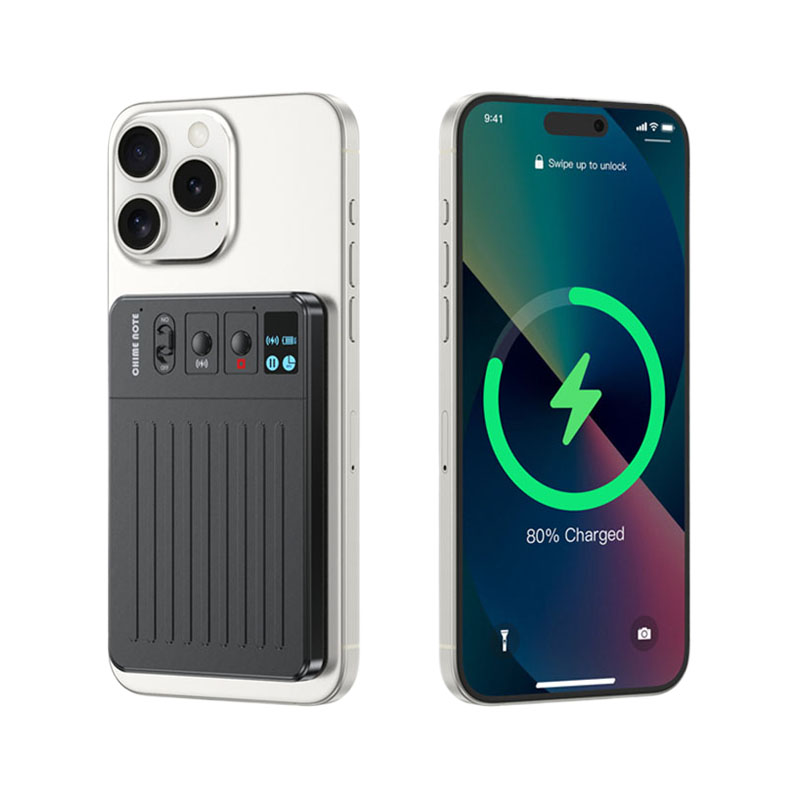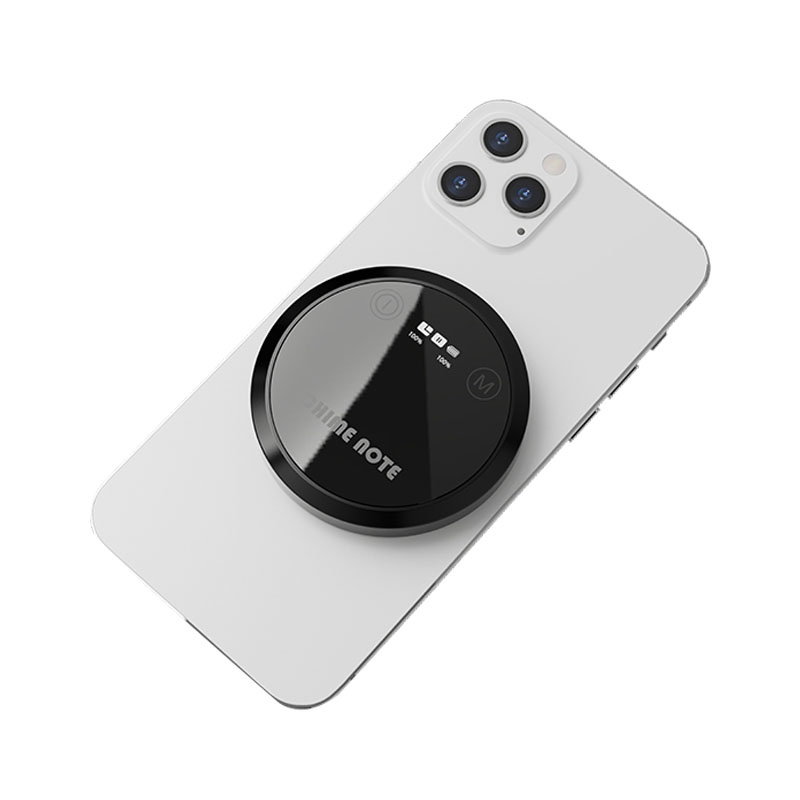How does a privacy guard cover effectively communicate the intent of "recording/taking photos" through its physical design?
Release Time : 2025-09-25
In today's ubiquitous smartphone era, recording and taking photos have become commonplace, yet they also subtly represent sensitive issues in interpersonal interactions. An unnoticed recording or a video taken without consent can instantly erode trust, causing embarrassment or even conflict. Especially in semi-public or intimate spaces like cafes, meeting rooms, hospital waiting areas, or family gatherings, people are increasingly sensitive about privacy boundaries. The privacy guard cover is not merely about covering the lens or microphone; its deeper purpose is to act as a "visual language," using physical design to clearly and unambiguously communicate to those around that the device is in use, thus establishing a foundation for transparent and respectful communication.
Traditional methods involve verbal notification or explanations afterward, but these are often delayed or fail to reach everyone present. The privacy guard cover visualizes this notification. When the user unfolds the cover, a distinct structure emerges—a foldable shield, a wraparound guard, or a three-dimensional frame with a warning color. This action itself constitutes a non-verbal signal: the device is in "recording mode." It doesn't rely on sound or text, but rather uses a noticeable change in appearance to draw attention and remind those around that recording is in progress.
The design of the shielding structure is often purposeful. For example, the part covering the camera uses opaque material; from the outside, one cannot tell if the lens is working, but its presence indicates that "the camera is in use." The microphone area might be designed with a honeycomb pattern or directional openings, ensuring sound quality while conveying the message that "audio is being recorded." This "visible shielding" is more persuasive than a completely exposed lens, as it demonstrates proactive action, not hiding or deception.
Crucially, the cover often incorporates visual indicators. Striking color contrasts—like bright yellow and black, or prominent icons and text—reinforce its warning function. These designs are not merely decorative; they are symbols of public communication, similar to warning tape in construction zones or the red light on a camera—universally recognizable. When others see the protruding protective cover and warning pattern on a phone, they can understand the situation without being asked, and decide for themselves whether to adjust their behavior or raise an objection. This non-confrontational communication avoids the tension that direct questioning might create.
Furthermore, the act of deploying the protective cover itself establishes a sense of ritual. It requires the user to consciously "activate" the recording mode, prompting reflection on the necessity and appropriateness of their actions. Those around also develop expectations based on this action, creating an unspoken rule of conduct. This design-driven behavioral norm is more preventative than post-hoc accountability.
Moreover, the physical presence of the protective cover addresses concerns about "invisible surveillance." In environments with ubiquitous surveillance cameras, people often feel uneasy about being recorded without knowing it. The privacy guard cover, however, takes the opposite approach—it emphasizes visibility, not concealment. Each use is a public declaration: "I am recording, and I am not hiding it." This transparency helps to reduce suspicion and establishes a foundation for informed consent.
Ultimately, the physical shielding of the privacy guard cover is a design innovation that translates technological behavior into a social signal. It doesn't rely on legal statutes or moral preaching; rather, through its form, color, and action, it builds a bridge of understanding between people. When a small piece of plastic can evoke shared respect for privacy in public spaces, it transcends being a mere accessory and becomes a tangible embodiment of digital-age etiquette.
Traditional methods involve verbal notification or explanations afterward, but these are often delayed or fail to reach everyone present. The privacy guard cover visualizes this notification. When the user unfolds the cover, a distinct structure emerges—a foldable shield, a wraparound guard, or a three-dimensional frame with a warning color. This action itself constitutes a non-verbal signal: the device is in "recording mode." It doesn't rely on sound or text, but rather uses a noticeable change in appearance to draw attention and remind those around that recording is in progress.
The design of the shielding structure is often purposeful. For example, the part covering the camera uses opaque material; from the outside, one cannot tell if the lens is working, but its presence indicates that "the camera is in use." The microphone area might be designed with a honeycomb pattern or directional openings, ensuring sound quality while conveying the message that "audio is being recorded." This "visible shielding" is more persuasive than a completely exposed lens, as it demonstrates proactive action, not hiding or deception.
Crucially, the cover often incorporates visual indicators. Striking color contrasts—like bright yellow and black, or prominent icons and text—reinforce its warning function. These designs are not merely decorative; they are symbols of public communication, similar to warning tape in construction zones or the red light on a camera—universally recognizable. When others see the protruding protective cover and warning pattern on a phone, they can understand the situation without being asked, and decide for themselves whether to adjust their behavior or raise an objection. This non-confrontational communication avoids the tension that direct questioning might create.
Furthermore, the act of deploying the protective cover itself establishes a sense of ritual. It requires the user to consciously "activate" the recording mode, prompting reflection on the necessity and appropriateness of their actions. Those around also develop expectations based on this action, creating an unspoken rule of conduct. This design-driven behavioral norm is more preventative than post-hoc accountability.
Moreover, the physical presence of the protective cover addresses concerns about "invisible surveillance." In environments with ubiquitous surveillance cameras, people often feel uneasy about being recorded without knowing it. The privacy guard cover, however, takes the opposite approach—it emphasizes visibility, not concealment. Each use is a public declaration: "I am recording, and I am not hiding it." This transparency helps to reduce suspicion and establishes a foundation for informed consent.
Ultimately, the physical shielding of the privacy guard cover is a design innovation that translates technological behavior into a social signal. It doesn't rely on legal statutes or moral preaching; rather, through its form, color, and action, it builds a bridge of understanding between people. When a small piece of plastic can evoke shared respect for privacy in public spaces, it transcends being a mere accessory and becomes a tangible embodiment of digital-age etiquette.







